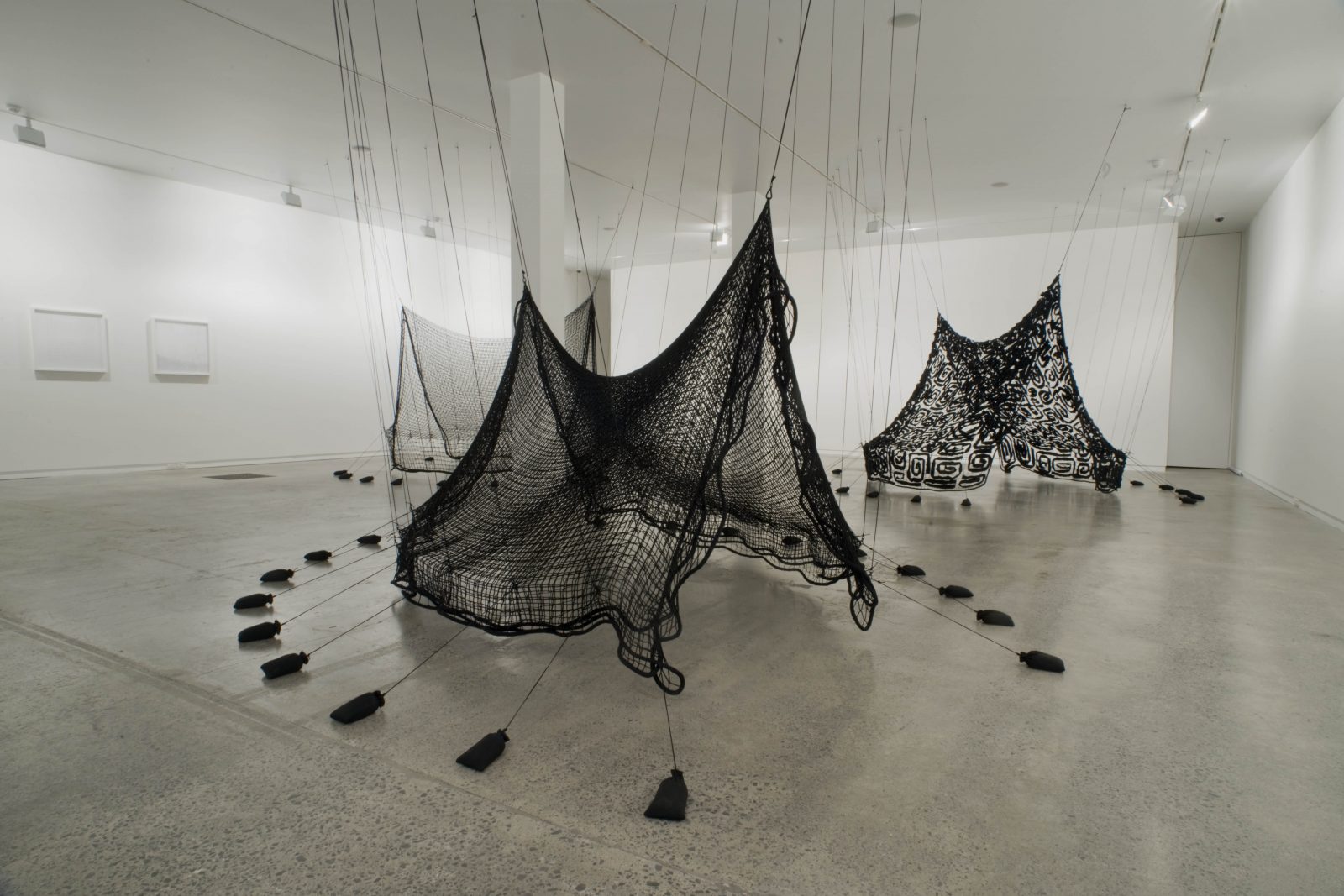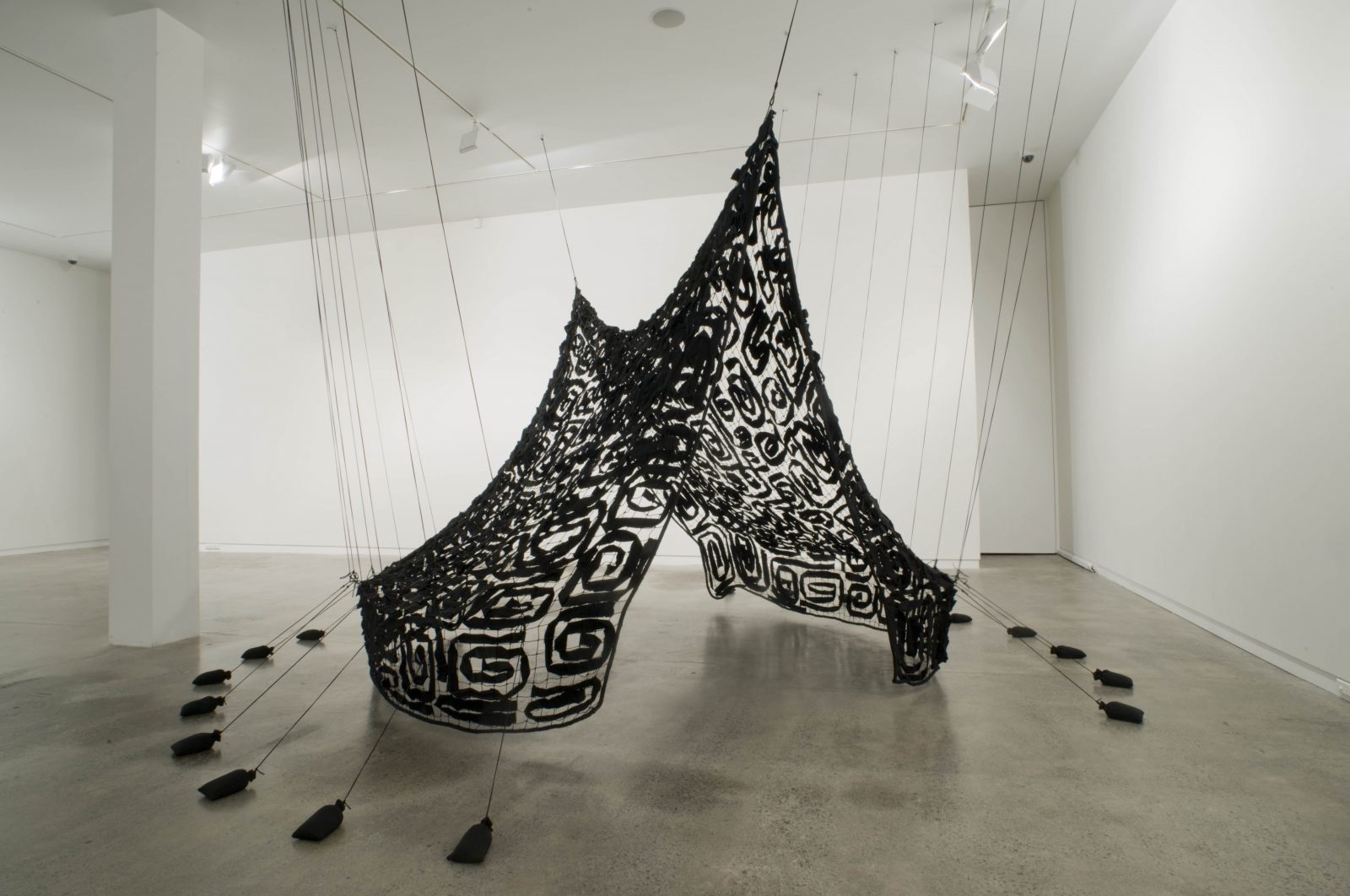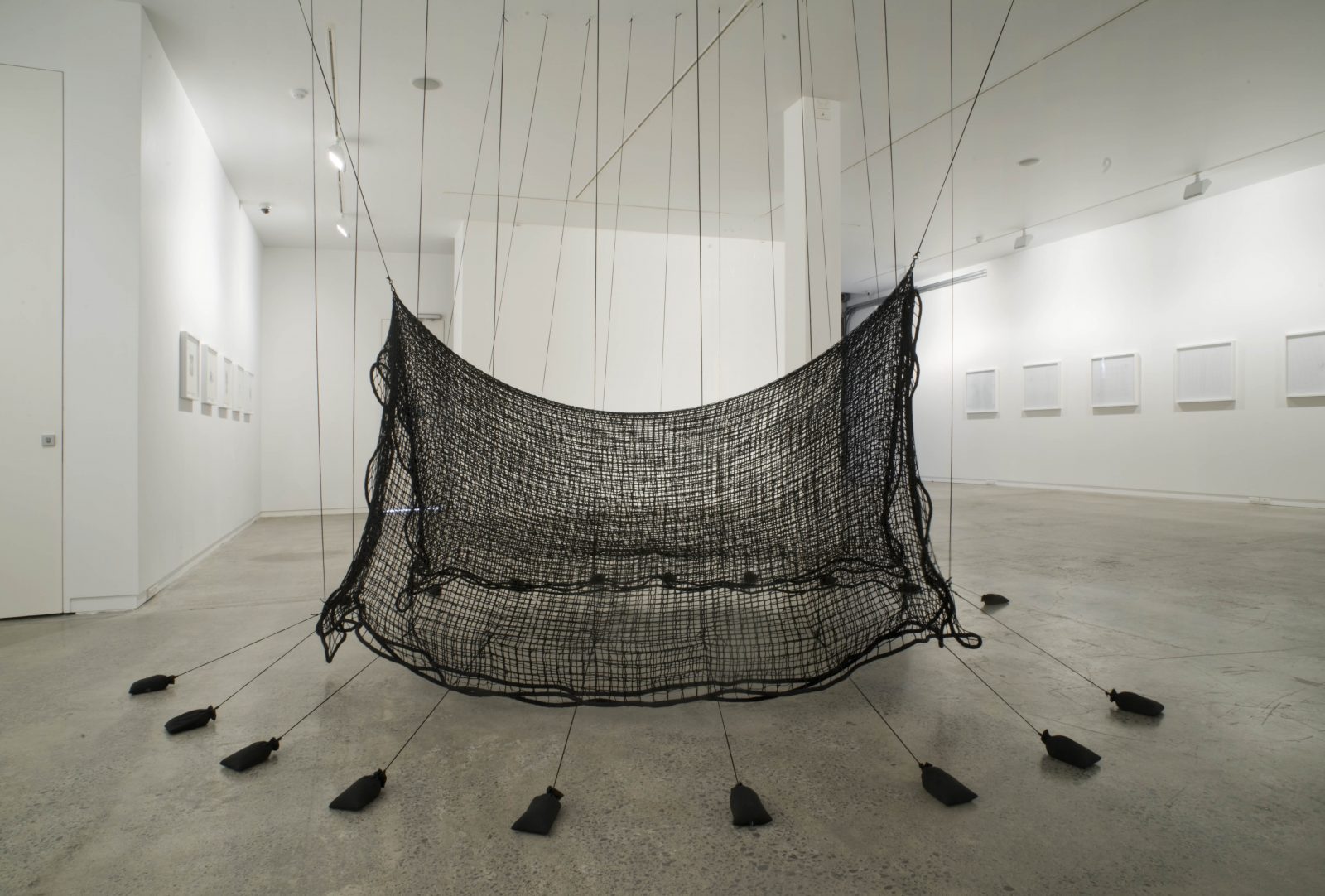Cornelia Parker



Residency: March 2010
Cornelia Parker is best known for her large-scale site-specific installations, using found and transformed objects in order to reveal the history and possibility of objects that are often loaded with cultural meaning. ‘I resurrect things that have been killed off,’ she writes. ‘My work is all about the potential of materials – even when it looks like they’ve lost all possibilities.’ By documenting the volatile states of matter from solid through to dust, Parker is able to find the essence of an object that is retained through past, present and potential manifestations.
Cornelia Parker received her MFA at Reading University in 1982. She has been awarded honorary doctorates from the University of Wolverhampton (2000), the University of Birmingham (2005), and the University of Gloucestershire (2008). Cornelia Parker was nominated for the Turner Prize in 1997 and featured in the 8th International Sharjah Biennial in Sharjah, United Arab Emirates in 2007. Parker has had numerous solo exhibitions in England, Europe, and the United States, at the Serpentine Gallery, London (1998), ICA Boston (2000), the Galeria Civica de Arte Moderne in Turin (2001), the Kunstverein in Stuttgart (2004), Yerba Buena Center for the Arts, San Francisco, California (2005), the Modern Museum at Fort Worth, Texas (2006) and Museo de Arte de Lima, Lima Peru (2008). The work of Cornelia Parker was included in group exhibitions and public collections at the Tate Gallery in London, MOMA in New York, the British Council, Henry Moore Foundation, De Young Museum in San Francisco, the Yale Center for British Art and many other venues.
Some of her most noted exhibitions and works include Chomskian Abstract (2008) at the Sydney Biennale 2008, Never Endings (2007, 2008), Brontëan Abstracts (2006), The Distance (A Kiss with String Attached) (2003), Subconscious of a Monument (2002), Blue Shift (2001), Edge of England (1999), and The Maybe, in collaboration with Tilda Swinton (1995).